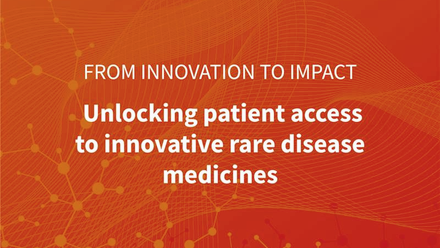New paper offers blueprint for the next-gen of GLP-1-type drugs
A new paper published in the British Journal of Clinical Pharmacology sets out a roadmap for designing the next generation of system-level medicines - drugs that deliver the sweeping system-wide health benefits seen with GLP-1s such as Ozempic and Wegovy, but without their biological trade-offs and side effects.
After the success of GLP-1s, the question that pharma companies have been grappling with is how to repeat their success in other areas of health.
While GLP-1 drugs have gained worldwide attention for weight loss, it is now being recognised that their true significance lies in something much broader - they act on core biological systems that influence multiple diseases at once, from heart disease to neurodegeneration and possibly even ageing itself.
This has had immense benefits from the patients’ perspective and has proved lucrative from a pharma perspective.
The paper’s lead author, Dr Carina Kern, who is CEO of LinkGevity:
Traditionally, medicine and drug discovery have treated diseases as separate entities – one drug for one condition. Open even the most recent medical textbook, and you’ll find separate chapters on cardiovascular disease, kidney disease, neurological disorders. But biology doesn’t work that way. The body functions as an interconnected network, and the success of GLP-1s shows what happens when you target the system rather than the symptom.
The new paper, titled “Beyond GLP-1s: The Blueprint for Systemic Therapeutics That Will Reshape Aging and Medicine,” argues that while GLP-1 drugs have transformed modern medicine, they also highlight an important challenge: when a drug acts across multiple organs, it can also disrupt delicate biological balances elsewhere.
“GLP-1 drugs have shown us that targeting the biological system as a whole can improve health across multiple diseases and organ systems,” said Tina Woods, Executive Director at the International Institute of Longevity. “The next challenge and opportunity is to design new therapies that achieve the same systemic benefits, but with greater precision and fewer side effects.”
This piece provides a potential framework for designing the next wave of systemic drugs that keep the benefits but lose the costs.
The paper builds on the Blueprint Theory of Aging - a model that maps how shared biological “patho-pathways” drive seemingly distinct diseases. “Think of it this way, biology is complex and interlinked, like an electricity grid. Within the grid, what we are looking for is key nodes that transmit the greatest level of destruction across the system”. “We set ourselves a task- can we identify another node, like GLP-1s in the grid?” said Kern.
That’s exactly what the paper does. It identifies necrosis, or uncontrolled cell death, as one of the most promising targets for this next generation of broad-spectrum therapeutics.
“The beauty of necrosis is that, unlike genetically programmed biological pathways, necrosis is an unprogrammed process – meaning blocking it comes with significantly lower risk of unwanted compensatory effects elsewhere in the body,” said Imperial College London professor and leading oncologist Prof. Justin Stebbing. “If GLP-1s were version 1.0 of systemic medicine, necrosis inhibitors could represent version 2.0.”
The paper comes at a pivotal moment: with aging populations worldwide, age-related disease is now the biggest economic and health burden on society. System-level medicine, the authors argue, represents the next frontier in improving healthspan and transforming how we think about disease treatment.






